May 24, 2018 – Columbus, IN
I’ve never been with one company for more than four years, until now. This month marks my five year anniversary at Cummins. Five years ago I was a shiny new MBA with a vague idea of my new job at Cummins, a company I had only known a few months while doing an internship. I thought I was so valuable; little did I know what makes an asset valuable.
The Rock
During my interview days I could articulate which of my attributes would add to a company’s talent pool. When I was recruited to Cummins I felt special. I was that new rock found by the river bed ready to be added to a child’s rock collection. I thought: “Look at me! I am a special rock.” I could do any assignment, and doing what I was assigned was in my mind the transaction for my talent.
Thankfully I had good managers that could take a rough rock and make something useful with it. My value was not in my current talent. My value was in being malleable enough to do any job that was required of me.
The Transformation
In the past five years I have been through great transformations; the greatest transformation has been in the past two years. I changed from a malleable talent to a value yielding asset. I went from a rock in a collection to an efficient millstone. Don’t think it was easy or that I knew what was happening. My pride had to be put in check. My intelligence had to put into question and so were my skills. I had to allow feedback to know which areas I needed to improve.
There were two significant events in the past five years that have marked my transformation. Five years ago my father traveled from Guatemala to attend my graduation in Provo, Utah. His health quickly deteriorated due to diabetes; two years ago he passed away. My lifelong cheerleader was gone and I had to truly prove myself. The second event came two and a half years ago when I had been re-deployed for the second time in three years. I was assigned to be the project manager for a very large project. My role for the previous years was also project manager, but this role would truly stretch me. It was during this stretch assignment that my father passed away. I have to admit that I failed at my assignment. Gratefully I had a kind manager that was frank and pushed me forward. Both events happened on the same year, and that was my turning point from rock to millstone.
The Millstone
I have felt so much empowerment over the course of the past two years. I have lead several successful projects. I was promoted last year. I have taken extra responsibilities outside my normal work. I have even seen an improvement in the way I conduct my personal finances, my non-work assignments, and an overall purpose in life. I am grateful to my many managers that have guided my path in by both example and deed. I am especially grateful to my eternal companion, Debora, for always believing in me even when I didn’t; you are my support. Lastly I am grateful to Cummins for creating the right environment for a stumbling rock to become a millstone.
Looking forward I am optimist of what I can contribute to this organization, the community, and my family. I cannot be content with being a millstone. I will be a millstone maker.
Photo by Wil Stewart on Unsplash
Wil Stewart



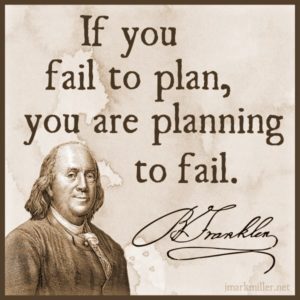


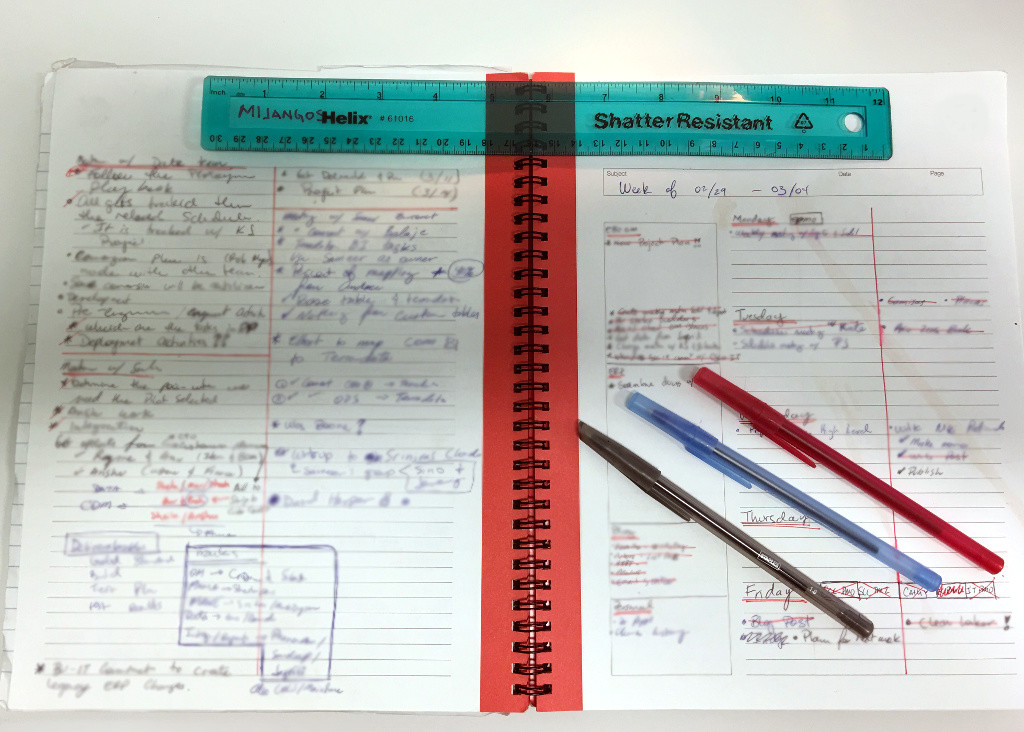




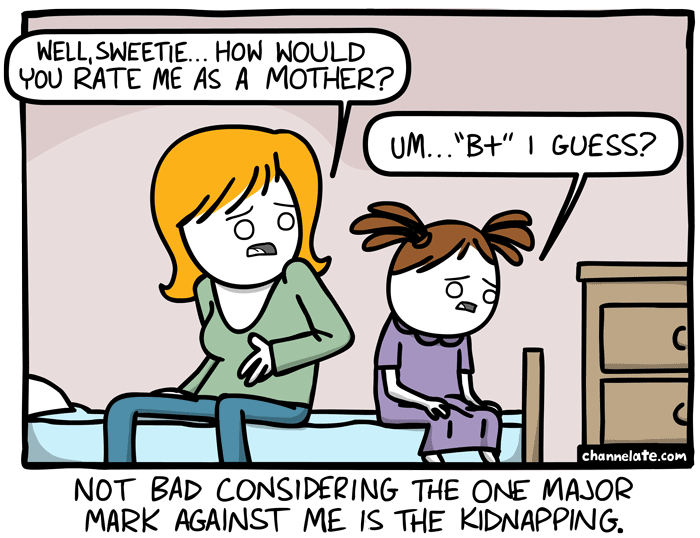




















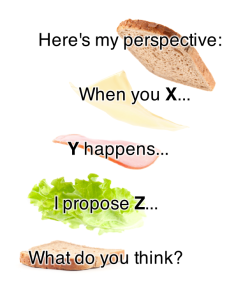 First is the
First is the 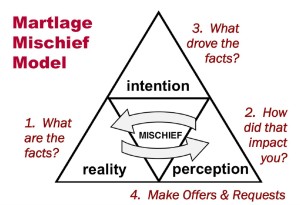 Another tool that I’ve learned comes from
Another tool that I’ve learned comes from